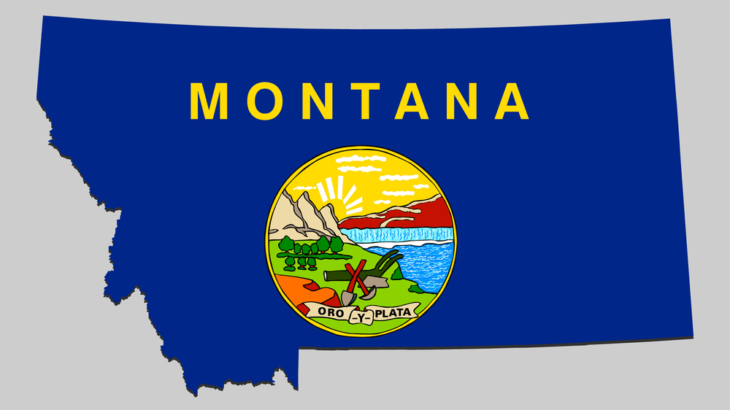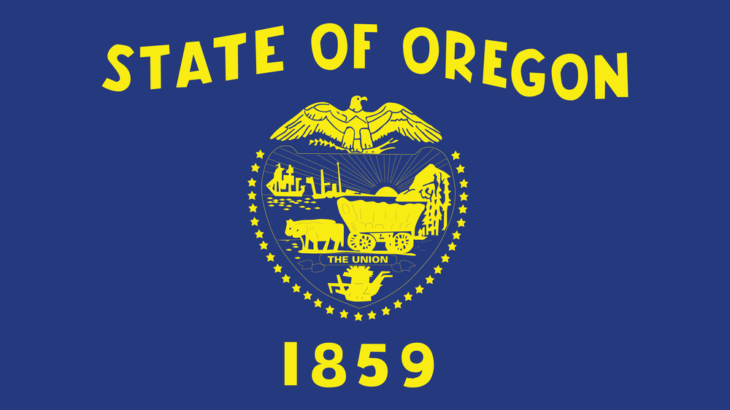LISTEN ON SOUNDCLOUD:
Utah has a fascinating history from the days before it was a United States territory to today. The first Europeans arrived in the area in 1765. In 1821, Mexico won its independence from Spain and claimed Utah for itself. In 1832, Antoine Robidoux built the first trading post in Utah, and in 1841, John Bartleson led the first wagon train across Utah to California. During the 1800s, Utah bore the indicia of western expansion. Many regard the completion of the transcontinental railroad at Promontory Summit, Utah, on May 10, 1869 as not only one of the most important historical events in Utah, but also one of the most momentous in U.S. history.
Utah stands unique in its history and traditions, and it cannot be understood apart from the influence of Church of Jesus Christ of Latter-Day Saints (the “LDS church”) and its adherents, the Mormons. Utah’s path to statehood began principally because of precipitous settlement by Mormons, who moved west after failed settlement attempts in New York, Illinois, and, most notably, in Jackson County, Missouri, where they had intended to establish an everlasting temple. In 1847, Brigham Young, by then the leader of the main branch of the LDS church, entered the Salt Lake Valley with 148 comrades and founded Salt Lake City. At the time, the area was part of Mexico, but early in 1848 through the Treaty of Guadalupe Hidalgo, Mexico ceded 525,000 square miles, including present-day Utah, to the United States.
In 1849, Brigham Young took a delegation to Washington, D.C. to propose a massive new state called “Deseret” that would have included all of present-day Utah, virtually all of present-day Nevada, and parts of Colorado, California, Arizona, New Mexico, Oregon, Wyoming, and Idaho. Congress established Utah territory, which was much larger than present-day Utah but smaller than “Deseret” as part of the Compromise of 1850, which also allowed the territories of Utah and New Mexico to each decide whether to permit slavery. Utah approved slave ownership only by white people but not by Mexicans. Many residents purchased “Indian” slaves with the encouragement of the LDS church, and some settlers brought African slaves with them to Salt Lake City. In that same year, President Fillmore named Brigham Young the territorial governor. Over the next two decades, settlers—primarily Mormons—traveled to Utah by wagon train. Some reports are that settlers encountered hostility from native peoples. Other reports are that native peoples assisted settlers. In any case, Utah’s new settlers wished to enjoy the benefits of statehood, including federal government protection.
American sentiment outside of Utah was decidedly against the practice of polygamy, which the LDS church regarded as a central aspect of religious life. Several times the United States Congress passed laws aimed at abolishing the practice, which some compared to slavery. Republican opposition to LDS control and practices in Utah—chiefly slavery and polygamy—delayed Utah’s statehood by 46 years. In 1879, the Supreme Court unanimously held in Reynolds v. United States (98 US 145), that Congress could outlaw polygamy and that the Constitution does not protect that practice. Over the next decade, many men were convicted under federal anti-polygamy laws. In 1890, and apparently in direct response to another loss at the Supreme Court, this one involving a constitutional challenge to the Edmunds-Tucker Act, which responded to the practice of polygamy by allowing the disincorporation of the LDS Church and the federal seizure of LDS property, the LDS president issued what Mormons call the Manifesto. It indicated that for the good of the LDS church, Mormons must abandon the practice of polygamy. In 1896, Utah was granted statehood.
Utah makes the forty-fifth state to ratify the U.S. Constitution, admitting it to the Union January 4, 1896. Utah became known as “The Beehive State” and currently uses the Utah State Constitution adopted in 1896.
Utah offers much in the way of outdoor adventure and cultural attraction. It offers five national parks: Zion (1919), Arches (1971), Bryce (1928), Capital Reef (1971) and Canyonlands (1974), and it boasts other outdoor attractions, including Moab, the Colorado River, and Lake Powell. Important cultural attractions include skiing and visiting the Mormon Tabernacle (not to be confused with the Mormon Temple, which bars non-LDS visitors). In the early 20th century, auto racing in the Bonneville Salt Flats became popular, and car manufacturers have frequently used the site for commercials. Park City hosted the 2002 Winter Olympic Games and hosts the annual Sundance Film Festival. Brigham Young University is widely renowned for its academic excellence in many areas. The Utah Jazz is the state’s only major professional sports team and many Utahans are rabid Jazz fans.
The Utah Governor’s Office of Economic Development lists aerospace and defense, life sciences, financial services, energy, outdoor products and recreation, and software as key industries. Today, a third of the world’s Mormons live in Utah, but demographics in Utah are changing. The population of Salt Lake City is now only 48% Mormon, although Utah’s total population is still about 61% Mormon. Some of the trend is due to population influx because of Utah’s hot economy (4th fastest growing economy in the U.S.), and some is attributed to Mormons intentionally spreading their influence by moving away from Utah. The state legislature features overwhelming Republican representation, although almost all of Salt Lake City’s elected representatives are Democrats. It appears that Utah will continue to provide a unique picture of cultural development to go along with its stunning landscape.
Click Here to have the NEWEST essay in this study emailed to your inbox every day!
Click Here to view the schedule of topics in our 90 Day Study on Congress.
Brad Bergford earned his BA in Political Science and Pre-Law at the University of Colorado at Colorado Springs. He earned his juris doctorate from the University of Denver, where he was active in several student bar associations, including the Student Trial Lawyers Association, the Federalist Society, and Christian Legal Society, which he served as President. After law school, Brad clerked for the Honorable Philip McNulty where he authored court opinions in a number of cases on subjects ranging from family law to constitutional law. Brad is Chief Executive Officer of Colorado Family Action/CFA Foundation, and he has his own civil litigation practice, which focuses on constitutional issues. Brad is an Alliance Defending Freedom Blackstone Fellow and Allied Attorney, and he serves as President of National Lawyers Association’s Colorado chapter.
Click Here to have the NEWEST essay in this study emailed to your inbox every day!
Click Here to view the schedule of topics in our 90 Day Study on Congress.



